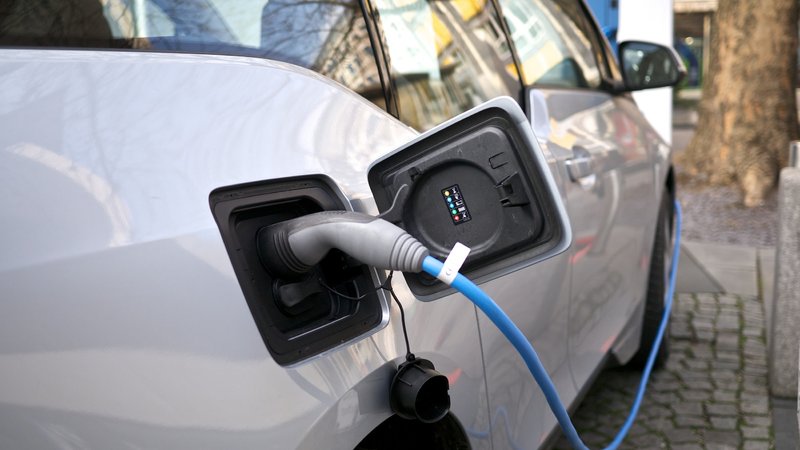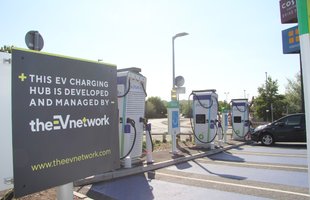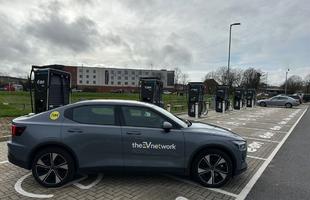In the electric vehicle community, everyone has the same awkwardly distant relative. Whether they’re an uncle, aunt or grandparent, the certainty is that they live at the very northern tip of Scotland, and the person you are trying to convince to go electric may well need to make an urgent 500 mile trip by car to visit them.
For drivers uninitiated in the ways of EV transportation, the idea of making this journey in a petrol or diesel car isn’t much of a problem, but making it with a full electric car is a terrifying prospect. What if you can’t get there on a single charge? Where do you charge? How do you charge? This isolated Caledonian kin is a metaphor for the issues that still affect the uptake of more electric vehicles – you can blame the infrastructure, but this also has a lot to do with cautious human behaviour too.
The electrification of cars on the roads of the UK is slowly increasing. There are currently 155,000 EVs in the country, with around 4,500 more being registered every month. By comparison, there are around 30 million fuel-powered cars. But, as of July 2018, there are only around 17,400 public charging points in the UK. There are still mental and physical barriers to people taking the plunge into electrification, and, considering the UK government’s goal of halving non-electric vehicle sales by 2030 and ending them by 2040, we need to stop just throwing money and concepts at the problem and start building the infrastructure we need.
But before building (or majorly extending) infrastructure you need secure the demand to use it. When it comes to buying a shiny new electric vehicle, price is a significant issue. EV technology is still disproportionately expensive and it’s estimated that electric cars will need to drive the cost per capacity down to $100 per kilowatt of battery capacity before they are equal to the price of a fuel car, which is only estimated to happen by around 2025. Currently the price is roughly $200 per kilowatt.
In the UK, the government has been operating a plug-in car grantsince 2011, back when there were fewer than 1,000 registered electric cars on the roads. The current version has been in place since 2016 and will continue automatically subsidising hybrid or full electric cars that cost less than £60,000 by 35 per cent, up to a maximum of £2,500 for a hybrid, or £4,500 for full electric. The scheme was topped up with £100m in the November 2017 budget, and it’s due to run until at least 2020. And with more electric vehicles on our roads, we’re going to need a lot more infrastructure to support them.
The next step on the infrastructure chain is the charging point. The 2017 budget included another £400m of funding for them and the businesses who make and install them, and the Department for Transport (DoT) announced recently that it was accepting proposals for who would get to manage the money. This is a step forward, but getting money together is easy, turning it into charging points is trickier.
It’s an issue that’s been causing something of a spat between the UK’s local and national governments. Local authorities can ask for money to help install charging points in their districts, but often they have a very poor idea of what they’re doing, or will just not take up the grant money at all. This was noted in January this year, when the DoT wrote to local councils to try and persuade them to take advantage of the department’s scheme to subsidise residential charging points.
“A lot of the time, the councils haven't engaged with the market, and then you find [the charging points] are not as effectively located,” says Justin Meyer, general manager of commercial charging point installer eVolt. He adds that often the decision to build is based on where there’s space, as opposed to where would be most useful for drivers.
The question of location is generally one of the hardest ones to answer when it comes to charging points. According to the 2017 English Housing Survey, 36 per cent of homes in the UK don’t have off street parking, which makes getting charging points and cables to the cars tricky. This problem extends to businesses too – and since these, along with parking areas in major public areas, are meant to be the key locations for drivers to charge their cars, this additional difficulty is another hurdle for EV adoption.
It’s important to remember that EV infrastructure is not dealt with in a vacuum.“A lot of [local authorities] are restrained in terms of cutting costs,” says Mayer. “Actually having somebody or a team in place, ready to effectively spend that allocated money, that's where I see the issues coming from.” Training people in managing the systems and employing them for their expertise is just as crucial a part of the network as the hardware itself, and a lack of money in other departments can bring good ideas to a halt, or result in poorly implemented ones.






